What to do in Seoul
Anto
28 Mar 2025
Your online travel health insurance
Start your quotation now and obtain your medical insurance certificate, which insures medical expenses according to the country’s needs.
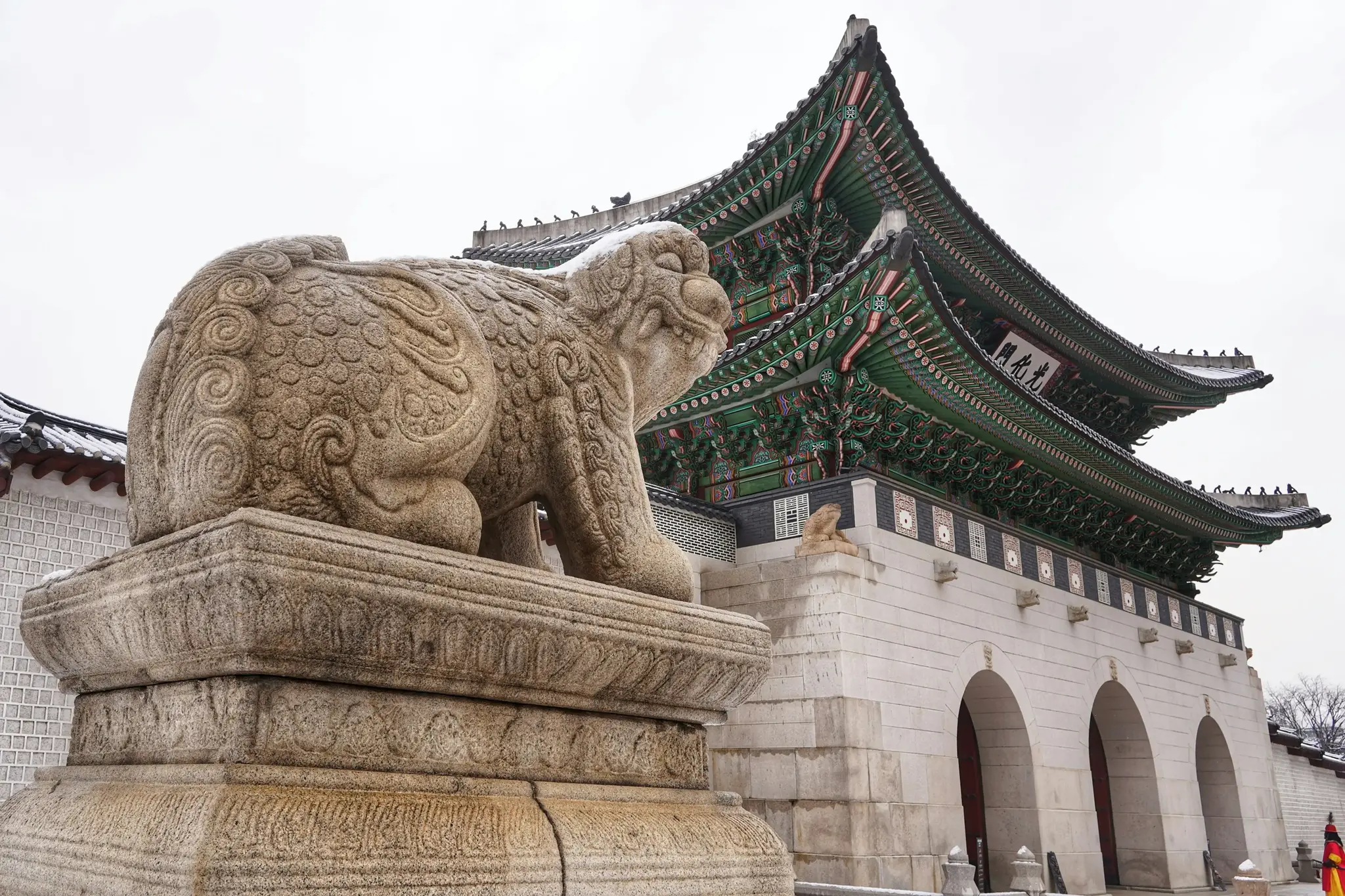
Myeongdong is one of Seoul’s most popular shopping districts. Known for its fashion boutiques, cosmetics stores and street food stalls, this area is a paradise for shoppers and gourmets alike. Here you can find international and local brands, as well as innovative beauty products. As you wander the bustling streets of Myeongdong, don’t forget to sample local delicacies such as hotteok (sweet pancakes) and tteokbokki (spicy rice cakes).
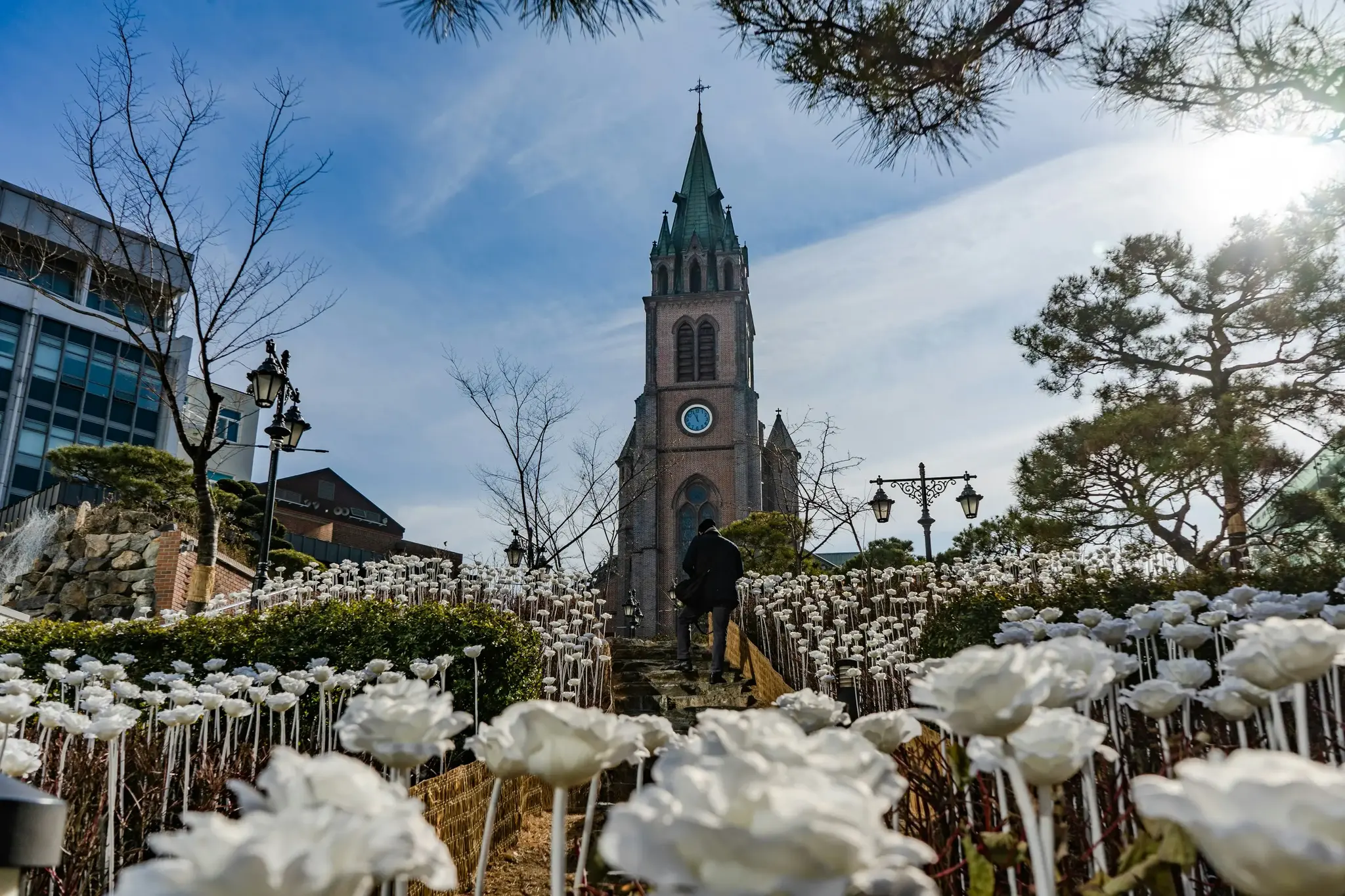
The Cheonggyecheon River is a redeveloped urban stream that runs through the center of Seoul. This 11-kilometre-long greenway offers a peaceful, refreshing space in the middle of the city. You can stroll along the paths, admire the decorative bridges and works of public art, or simply sit back and enjoy the soothing sound of the water. At night, lights illuminate the creek, creating a romantic and serene atmosphere.
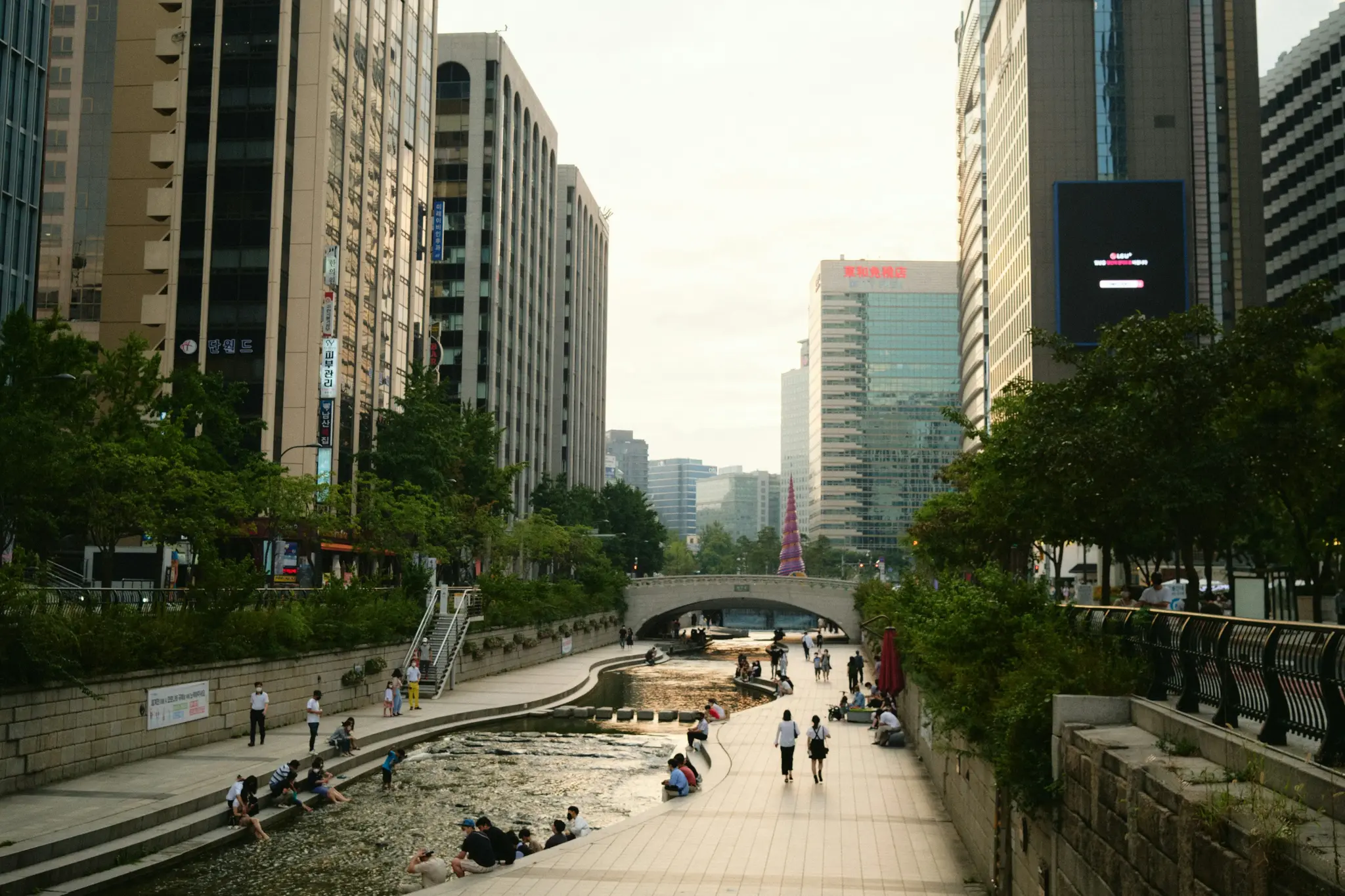
Namsan Park is a green space in the heart of Seoul, ideal for a leisurely stroll or hike. At the top of Mount Namsan stands the N Seoul Tower, a city icon offering spectacular panoramic views over Seoul. Visitors can climb the tower to admire the view from the observation platforms, enjoy a meal in the revolving restaurant or hang a love lock on the surrounding fences. Namsan Park, with its hiking trails and gardens, is the perfect place to escape the hustle and bustle of the city.
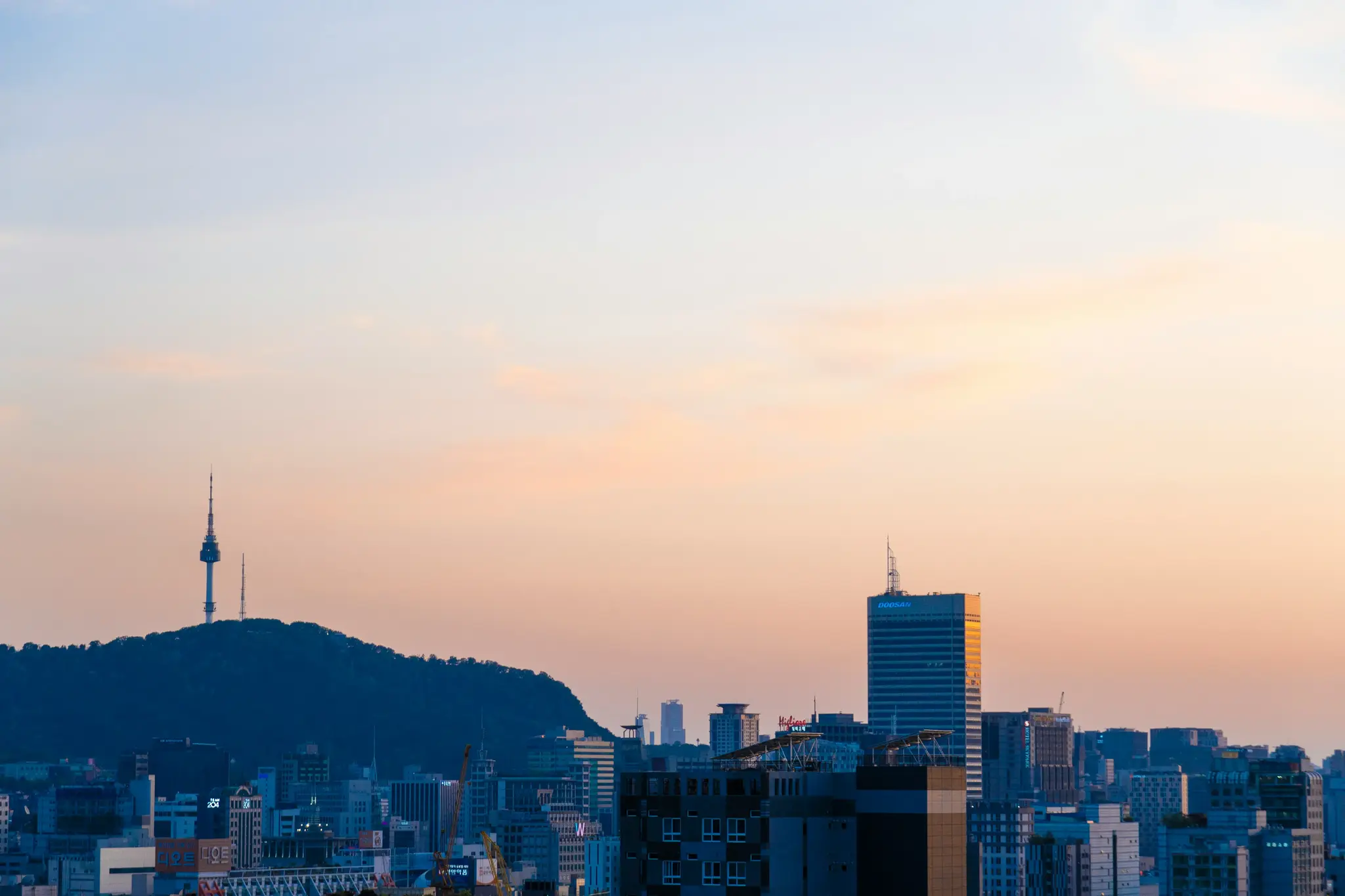
Namdaemun market is Seoul’s largest and oldest traditional market. Open 24 hours a day, it offers an incredible variety of products, from clothing to souvenirs to household goods. The market aisles are also famous for their food stalls, where you can sample Korean specialties such as mandu (ravioli), kimbap (rice rolls) and bindaetteok (mung bean pancakes). Exploring Namdaemun market is a sensory experience that immerses visitors in Seoul’s local life.
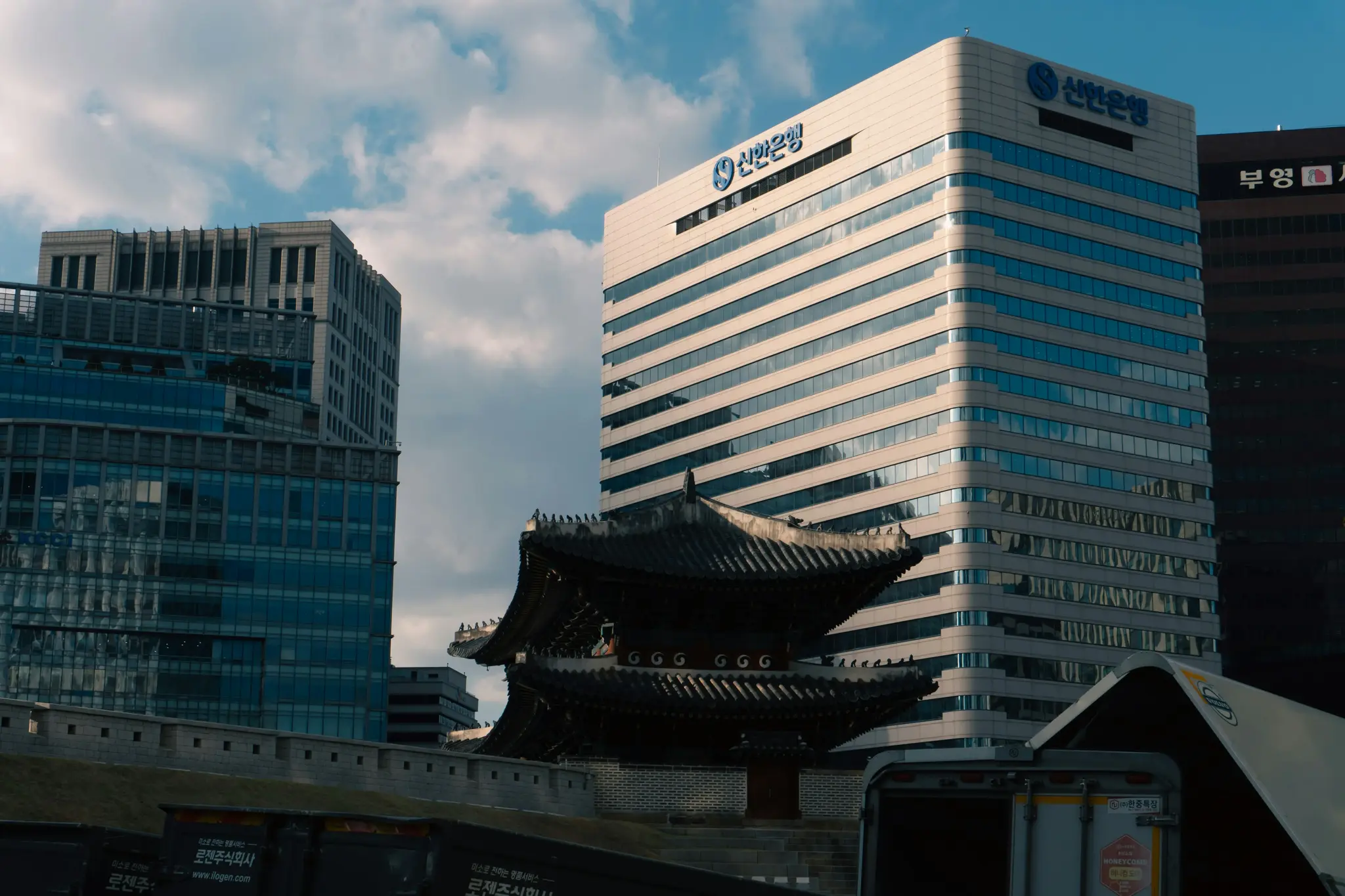
Bongeunsa Temple, founded in 794, is a Buddhist shrine located in the heart of the city, offering a striking contrast to the surrounding skyscrapers. This peaceful temple is a place of meditation and prayer, with its magnificent prayer halls, Buddha statues and Zen gardens. Visitors can participate in temple stay programs for cultural and spiritual immersion, including meditation ceremonies, traditional vegetarian meals and Buddhist teachings.
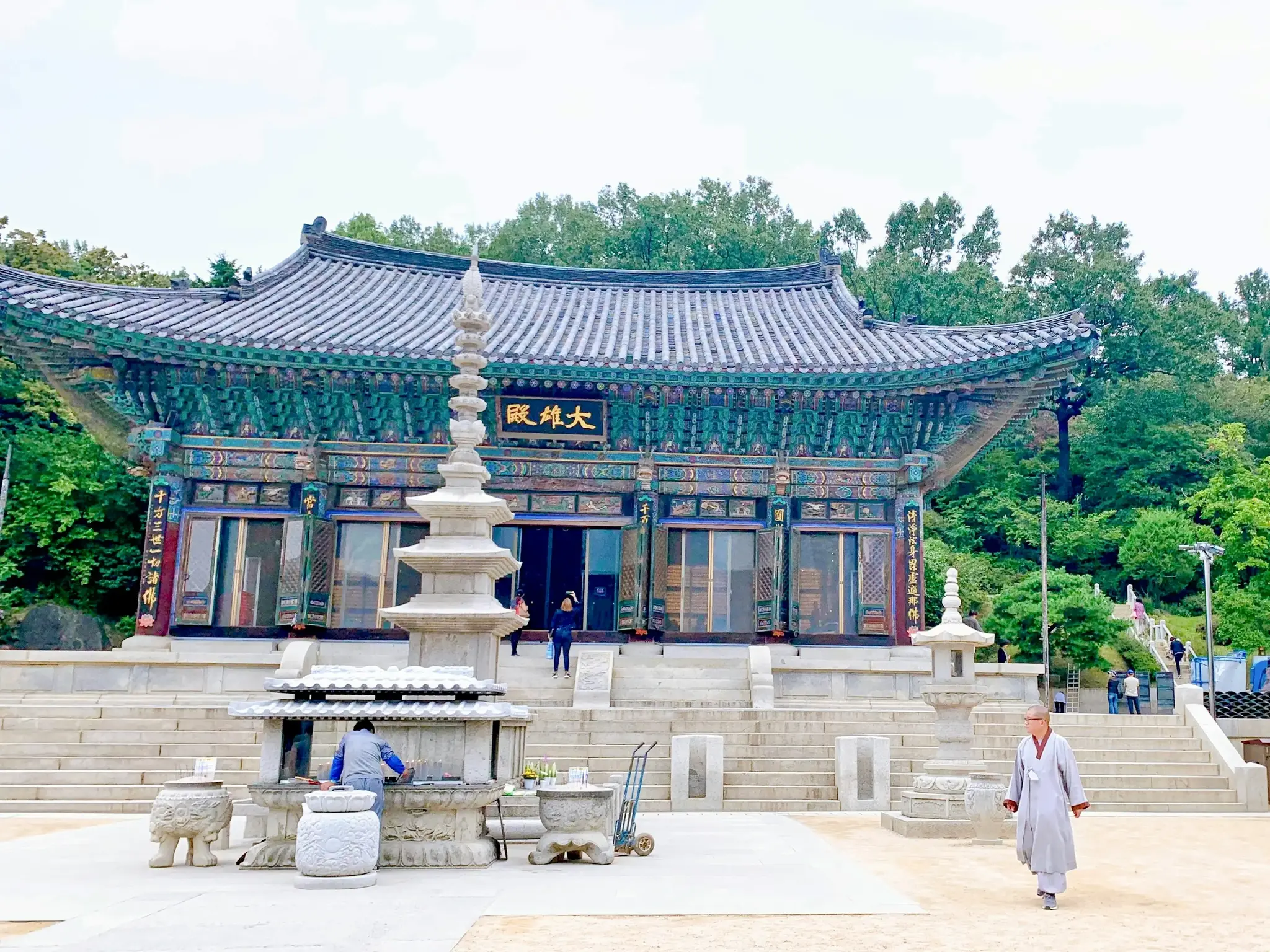
Hongdae is Seoul’s young and trendy district, known for its vibrant art scene and lively nightlife. Around Hongik University, you’ll find many original cafés, independent fashion boutiques, art galleries and live music clubs. Street performances and cultural festivals are frequent, adding to the neighborhood’s vibrant energy. Hongdae is also famous for its themed cafés, where you can enjoy a coffee while playing with animals or immersing yourself in fantastic scenery.
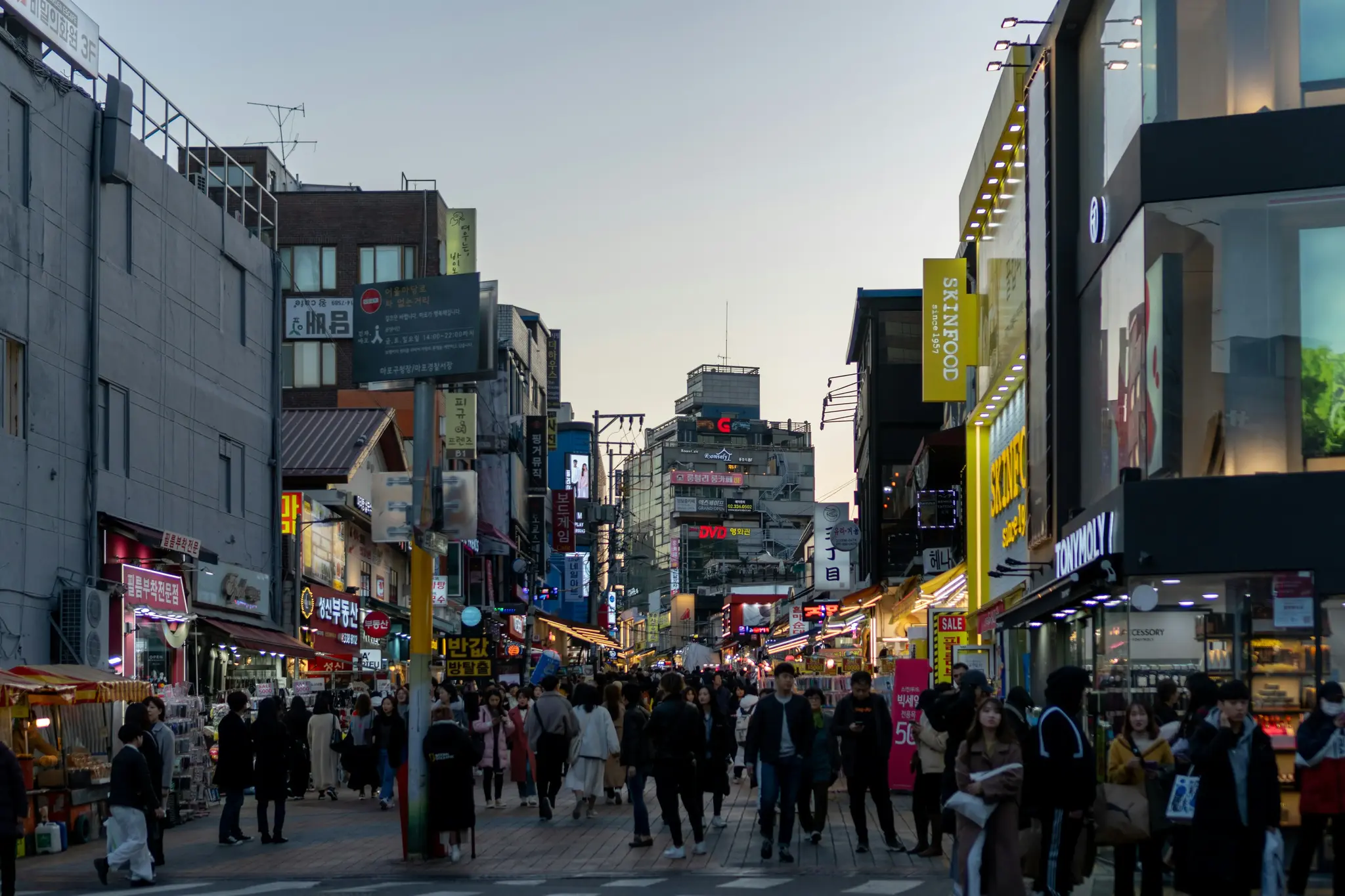
The National Museum of Korea is the country’s leading museum of history and art. With its vast collections spanning millennia, the museum offers a comprehensive overview of Korean history, culture and art. Among the treasures on display are Bronze Age artifacts, ceramics from the Goryeo dynasty and paintings from the Joseon period. The museum also offers temporary exhibitions, educational activities and cultural events, making each visit unique and enriching.
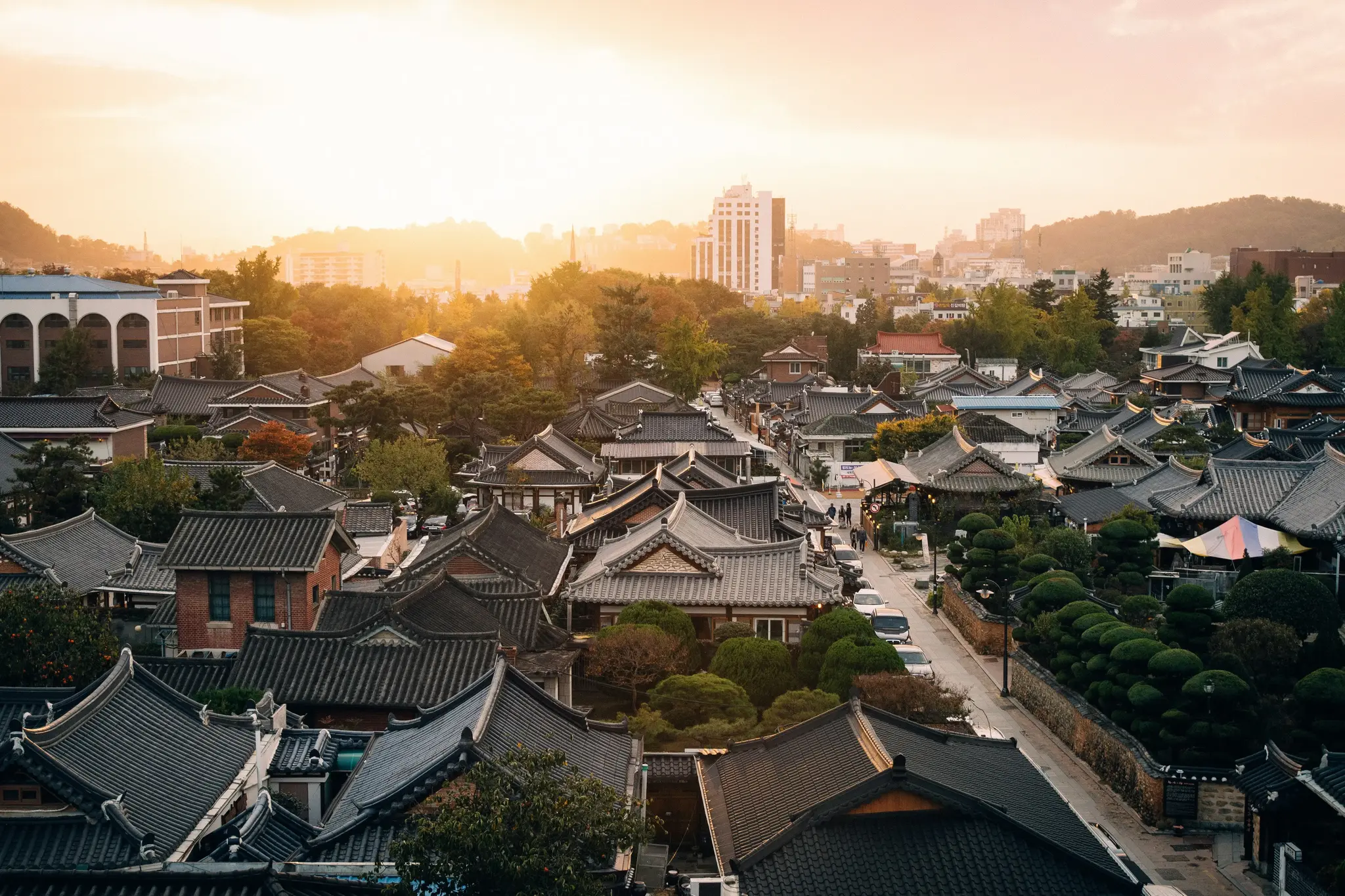
Hangang Park runs alongside the Han River, offering a place for relaxation and recreation right in the heart of Seoul. The park is made up of several sections, each offering different activities such as biking, kayaking, jet skiing and even outdoor swimming pools. The lawns and picnic areas are perfect for relaxing with family and friends. In summer, Hangang Park is also the scene of numerous festivals, concerts and fireworks displays, adding to its vibrant, friendly appeal.
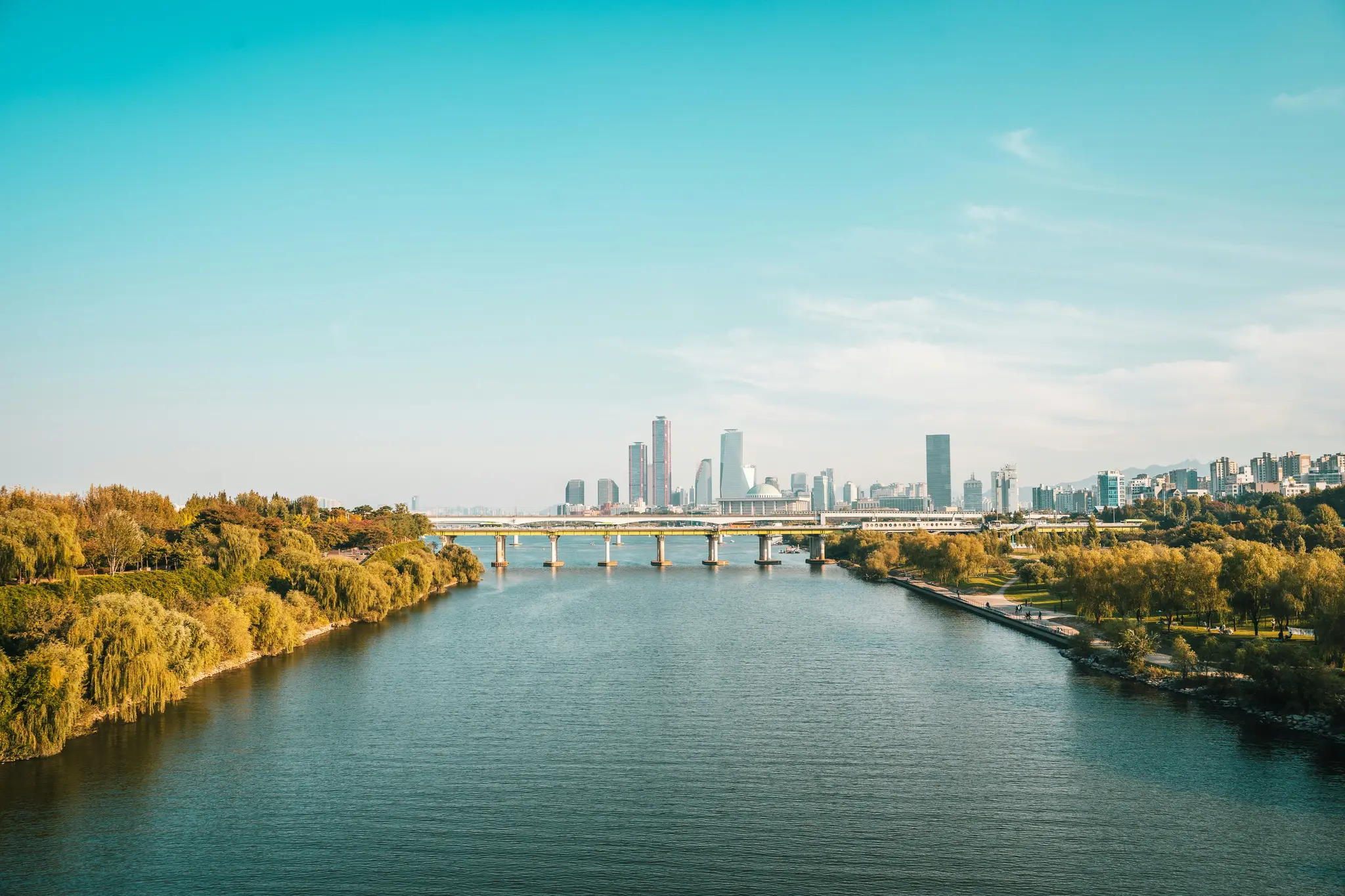
The hanok village of Bukchon is a historic district of Seoul, where you can discover traditional Korean houses called hanoks. These houses, dating back to the Joseon dynasty, offer a glimpse of Korean architecture and lifestyle of yesteryear. Strolling through Bukchon’s cobbled streets, you can visit museums, art galleries and craft workshops. Some hanoks are open to the public and offer cultural experiences such as tea ceremonies, calligraphy classes and Korean cooking demonstrations.
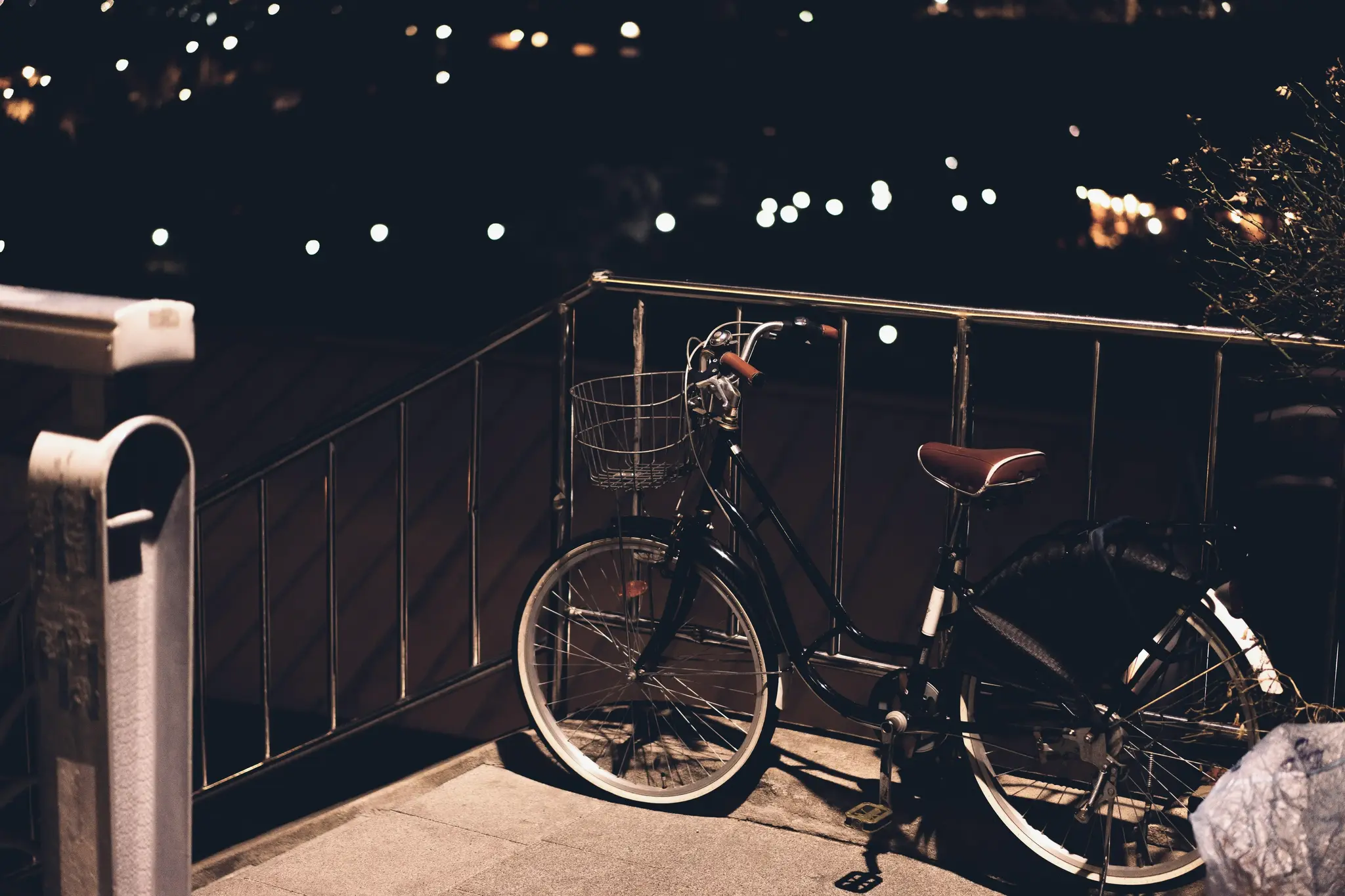
Do you have any questions?
Our teams are here to advise you!

4,3/5 on Trustpilot

Certified partners

Human & committed service

Customized offer

Optimal coverage